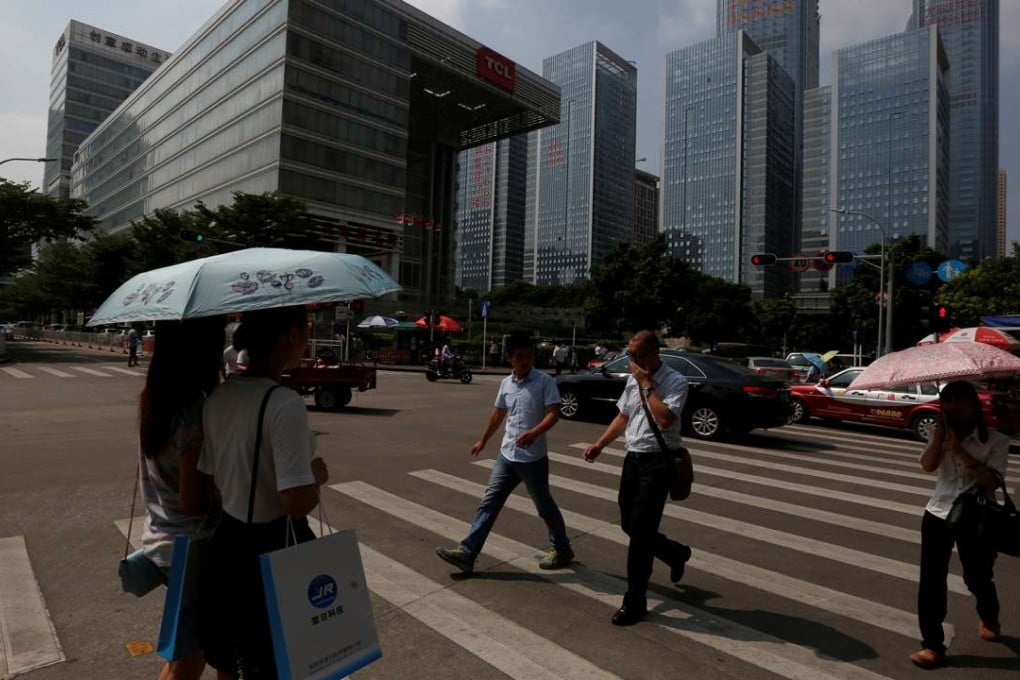From China to London, Tokyo and Paris, cities are becoming greener by learning from each other
Tang Jie says China has made great progress in recent years enacting measures to slow climate change, with cities taking the lead where necessary and working alongside like-minded counterparts

China has made great strides in reducing its emissions in the past three years and it has shown strong leadership on climate change. With a reported 43 gigawatts of solar capacity at the end of last year, we are now leading the globe. Coal use in the power sector last year also went down, by 4.3 per cent, and Beijing recently said it would ratify the Paris agreement by September, showing our determination to cut carbon dioxide emissions by 18 per cent in the second half of this decade, as laid out in the 13th five-year plan.
Historic Paris climate deal signed by 175 nations
Cities are major contributors to climate change. Urban centres account for more than 70 per cent of energy-related carbon dioxide emissions. And yet cities have proven to be very effective at addressing climate change, especially when they work together across borders and cultures.
City leaders around the world are joining groups such as the Compact of Mayors, the C40 Cities Climate Leadership Group and the Alliance of Peaking Pioneer Cities, to reduce emissions. Just this month, at the China-US Climate Leaders Summit in Beijing, the Compact of Mayors and the alliance signed a memorandum of understanding seeking greater cooperation between Chinese cities and others.
How China, the ‘world’s largest polluter’, is taking on climate change

Climate change efforts show how China, US can resolve differences: negotiator
These groups help accelerate progress the same way that this week’s Shenzhen International Low Carbon City Forum does – by bringing together experienced minds, so that proven solutions can be implemented quickly and with confidence. China is also hosting a number of key climate-related forums this month, including the US-China Climate Leaders Summit in Beijing and the EU-China Summit in Wuhan (武漢).
Chinese cities have much to share but there is also much that we can learn. Take Shenzhen, which owns the world’s biggest electric bus fleet – 3,050 buses and 850 taxis have been placed into the market since 2011. By 2014, there were 10,048 new energy vehicles in the fleet, putting us firmly on a path to becoming a zero-emissions city.
Shenzhen is now ranked among those cities in China with the cleanest air and it shows that, with the right policies, city leaders can improve the livelihoods of their citizens. From London to Mexico City, Tokyo and Paris, innovative measures – from sustainable building techniques to cap-and-trade programmes – are proving very effective at reducing emissions. Chinese cities can learn from these partner cities, as international cities are learning from us.
The decisions city officials make now will have an impact for generations. It is critical to keep sharing knowledge and build a greener, brighter and more sustainable future for all.
Tang Jie is a former deputy mayor of Shenzhen and special representative for climate change affairs in Shenzhen